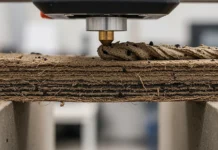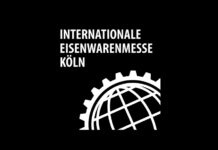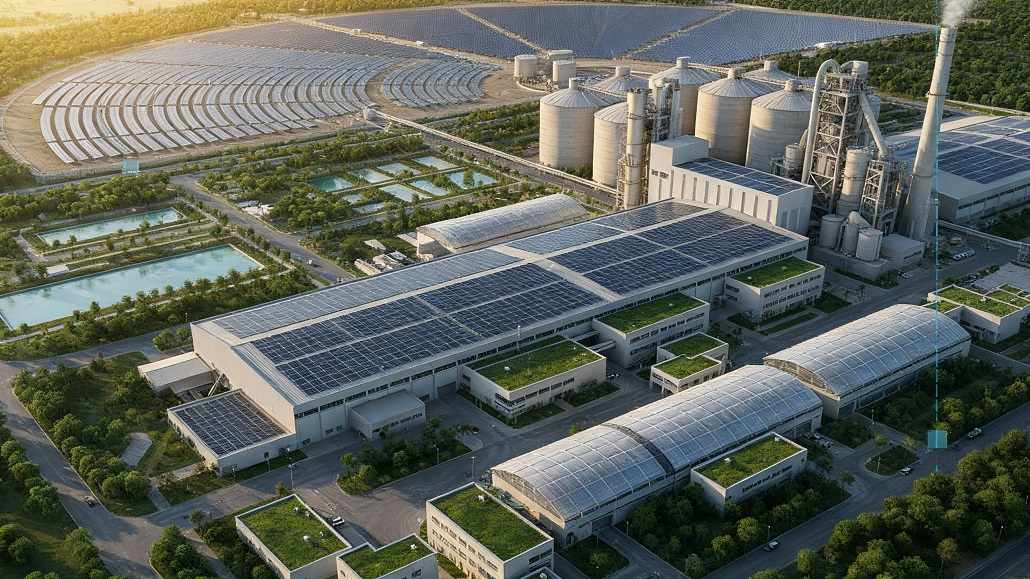The cement industry confronts an unprecedented challenge as global demand for cement continues rising while environmental regulations become increasingly stringent and energy costs escalate throughout industrial sectors. Traditional cement manufacturing processes consume enormous quantities of energy, with fuel costs representing up to 30% of total production expenses while generating substantial greenhouse gas emissions through both fuel combustion and limestone calcination processes. Energy efficient cement plants represent a comprehensive transformation in manufacturing approaches that dramatically reduce energy consumption while maintaining or improving product quality and production capacity.
Modern energy efficient cement plants integrate advanced process technologies, alternative fuel systems, and sophisticated control strategies that can reduce energy consumption by 20-40% compared to conventional facilities while simultaneously decreasing environmental impact and operational costs. These facilities demonstrate how systematic optimization of manufacturing processes can deliver superior economic and environmental performance through intelligent application of available technologies and innovative operational strategies.
The transition toward energy efficient cement production encompasses multiple technological domains including process optimization, waste heat recovery, alternative fuels utilization, and advanced automation systems that work synergistically to maximize energy utilization efficiency while minimizing environmental impact. These integrated approaches represent the evolution of cement manufacturing from energy-intensive, environmentally problematic operations toward sustainable, economically optimized production systems.
Advanced Green Cement Production Technologies
Green cement production technologies encompass comprehensive approaches that address every aspect of the manufacturing process from raw material preparation through final product packaging and distribution. Advanced kiln designs utilize optimized thermal profiles, improved heat transfer mechanisms, and enhanced combustion systems that maximize fuel efficiency while ensuring complete chemical reactions necessary for high-quality cement production.
Preheater and precalciner technologies recover waste heat from kiln operations to preheat raw materials, significantly reducing the fuel requirements for calcination processes. Multi-stage preheater systems can achieve thermal efficiencies approaching theoretical limits while maintaining operational flexibility and product quality consistency across varying production conditions.
Alternative cement chemistries including belite-rich formulations, calcium sulfoaluminate cements, and geopolymer systems can reduce calcination temperatures and energy requirements while delivering performance characteristics suitable for many construction applications. These alternative approaches can reduce energy consumption by substantial margins while often improving specific performance characteristics such as early strength development or chemical resistance.
Raw material optimization through advanced beneficiation techniques, precise blending systems, and alternative material utilization can reduce grinding energy requirements while improving chemical homogeneity and reaction efficiency. Automated blending systems can optimize raw material proportions continuously based on real-time chemical analysis and process feedback.
Alternative Fuels Integration and Implementation
The integration of alternative fuels into cement manufacturing represents one of the most significant opportunities for reducing both energy costs and environmental impact while addressing waste disposal challenges across multiple industries. Biomass fuels including agricultural residues, wood waste, and energy crops can provide carbon-neutral energy sources that reduce net greenhouse gas emissions while often delivering cost advantages over traditional fossil fuels.
Refuse-derived fuels created from municipal solid waste streams provide energy recovery while addressing waste disposal challenges. Advanced fuel preparation systems can process diverse waste streams into consistent, high-quality fuels that meet cement plant requirements for heating value, moisture content, and contaminant levels while ensuring operational reliability and environmental compliance.
Tire-derived fuels offer exceptional heating values and iron content that can contribute to cement chemistry while providing an environmentally beneficial disposal method for waste tires. Specialized feeding systems and combustion controls ensure complete fuel consumption while capturing the metallic components that enhance cement properties.
Industrial waste fuels from chemical processing, pharmaceutical manufacturing, and other industries can provide high-energy-content alternatives to fossil fuels while addressing waste disposal needs. Comprehensive fuel analysis and testing protocols ensure that alternative fuels meet quality and environmental requirements while providing economic benefits through reduced fuel costs.
Energy Optimization Through Digital Systems
Advanced digital control systems integrate sensors, analytics, and automation technologies to optimize energy utilization throughout cement production processes. Real-time monitoring of kiln temperatures, fuel consumption, airflow patterns, and chemical compositions enables continuous optimization that maximizes energy efficiency while maintaining product quality and production rates.
Predictive analytics algorithms analyze historical performance data, current operating conditions, and external factors to optimize process parameters proactively. Machine learning systems can identify subtle patterns and correlations that human operators might overlook, leading to continuous improvement in energy efficiency and operational performance.
Advanced process control systems utilize model predictive control algorithms that can optimize multiple process variables simultaneously while accounting for interactions between different process components. These systems can maintain optimal operating conditions automatically while adapting to changing feed materials, environmental conditions, and production requirements.
Energy management systems track energy consumption across all plant operations, identifying opportunities for efficiency improvements while providing comprehensive visibility into energy utilization patterns. These systems can coordinate energy usage to minimize peak demand charges while maximizing utilization of waste heat recovery systems.
Carbon Reduction Strategies and Implementation
Comprehensive carbon reduction strategies address both direct emissions from fuel combustion and process emissions from limestone calcination through multiple complementary approaches. Carbon capture and utilization technologies can capture CO₂ emissions and convert them into useful products or store them permanently, significantly reducing net greenhouse gas emissions from cement production.
Limestone substitution strategies utilize alternative calcareous materials including steel slag, fly ash, and natural pozzolans that can reduce CO₂ emissions from calcination while maintaining cement performance characteristics. Optimized limestone utilization through improved grinding, blending, and reaction conditions can minimize raw material requirements while maintaining product quality.
Alternative raw materials including industrial byproducts, recycled concrete, and waste materials can replace virgin limestone and other raw materials while reducing transportation energy and virgin material extraction impacts. Advanced quality control systems ensure that alternative materials meet chemistry and performance requirements while providing environmental benefits.
Process intensification techniques including oxygen enrichment, plasma heating, and microwave processing can improve reaction efficiency while reducing energy requirements and emissions. These advanced approaches require careful integration with existing process systems but can provide significant environmental and economic benefits.
Sustainable Manufacturing Process Integration
Integrated manufacturing approaches coordinate cement production with other industrial processes to maximize overall energy efficiency and resource utilization. Industrial symbiosis arrangements enable cement plants to utilize waste heat, materials, and byproducts from nearby industries while providing materials and services that benefit partner facilities.
Waste heat recovery systems capture thermal energy from kiln operations, preheater systems, and clinker cooling processes to generate electricity, provide process heating, or support district heating systems. Advanced heat recovery technologies can capture low-temperature waste heat that was previously unusable while generating significant energy and economic benefits.
Water management systems optimize water utilization through recycling, treatment, and closed-loop systems that minimize consumption while maintaining operational requirements. Advanced water treatment technologies can enable utilization of alternative water sources while meeting quality requirements for cement production processes.
Material handling optimization through automated systems, intelligent scheduling, and logistics coordination can reduce energy consumption while improving operational efficiency. Advanced material handling systems can minimize dust emissions while optimizing energy utilization throughout raw material and finished product handling operations.
Economic Analysis and Investment Strategies
Comprehensive economic analysis of energy efficient cement plants must consider capital investments, operational savings, regulatory compliance costs, and long-term market positioning to provide accurate assessments of project viability. While initial capital requirements for advanced technologies may exceed conventional plant investments, operational savings and environmental benefits often provide attractive returns on investment.
Lifecycle cost analysis incorporates energy savings, maintenance requirements, environmental compliance costs, and productivity improvements to provide comprehensive economic assessments. These analyses often reveal that energy efficient technologies provide significant long-term economic advantages despite higher initial investments.
Financing strategies including green bonds, government incentives, and carbon credit programs can improve project economics while supporting sustainable development objectives. Regulatory incentives and carbon pricing mechanisms increasingly favor energy efficient technologies while penalizing high-emission alternatives.
Market positioning advantages from environmental performance, cost competitiveness, and operational reliability can provide strategic benefits that extend beyond direct cost savings. Cement plants with superior environmental performance may gain preferential access to markets, customers, and supply chains that prioritize sustainability.
Future Technology Development and Innovation
Emerging technologies promise even greater efficiency improvements as research and development efforts continue advancing cement manufacturing processes. Artificial intelligence applications in process control, predictive maintenance, and optimization can further improve energy efficiency while reducing operational costs and environmental impact.
Advanced materials including high-temperature ceramics, improved refractories, and specialized coatings can enhance heat transfer efficiency and reduce thermal losses throughout production processes. These materials can extend equipment life while improving energy utilization efficiency.
Renewable energy integration including solar thermal systems, wind power, and energy storage can reduce dependence on fossil fuels while providing cost-stable energy sources. Hybrid energy systems that combine multiple renewable sources with conventional systems can provide reliable energy supply while minimizing environmental impact.
Breakthrough technologies including plasma processing, microwave heating, and electrochemical approaches may fundamentally transform cement manufacturing processes in future decades. While these technologies require additional development, they offer potential for dramatic improvements in energy efficiency and environmental performance.
Conclusion
Energy efficient cement plants represent a fundamental transformation in cement manufacturing that addresses economic, environmental, and operational challenges through integrated technological solutions. By combining advanced process technologies, alternative fuel utilization, digital optimization systems, and comprehensive energy management strategies, these facilities demonstrate that cement production can be both economically viable and environmentally sustainable.
The successful implementation of energy efficient cement plants requires comprehensive planning, significant capital investment, and ongoing commitment to operational excellence supported by advanced technologies and skilled personnel. However, the long-term benefits of reduced energy costs, environmental compliance, and competitive positioning justify these investments while contributing to global sustainability objectives.
The future of cement manufacturing lies in continued evolution toward even greater efficiency and sustainability through ongoing technological development, regulatory support, and market demand for environmentally responsible products. Energy efficient cement plants will play increasingly important roles in meeting global cement demand while minimizing environmental impact and supporting sustainable development goals worldwide.































